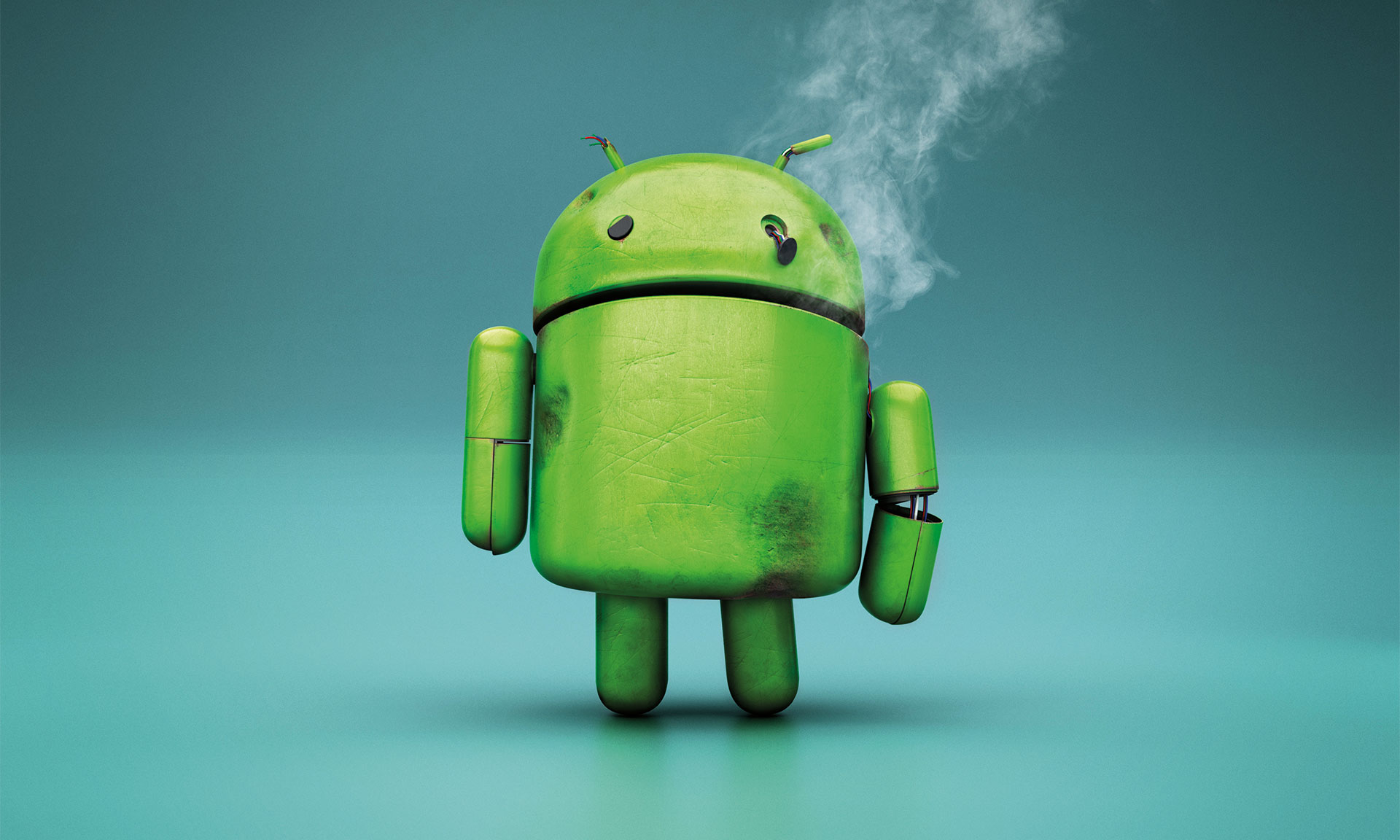Android and iOS are two major mobile operating systems that power the majority of smartphones and tablets. While they share some similarities, there are several key differences between Android and iOS:
- Device Availability: Android is an open-source operating system that is available on devices from a wide range of manufacturers, offering a diverse selection of devices at various price points. In contrast, iOS is exclusive to Apple’s iPhone, iPad, and iPod Touch, limiting device options to those produced by Apple.
- Customization: Android provides a high degree of customization options, allowing users to personalize their devices with custom launchers, widgets, and system modifications. In contrast, iOS has a more restricted level of customization, offering limited options for modifying the user interface.
- App Ecosystem: Both Android and iOS have extensive app ecosystems, but they differ in certain aspects. Android’s Google Play Store offers a larger number of apps overall, including a wider variety of free apps and third-party app stores. On the other hand, iOS’s App Store is known for its stringent app quality control, resulting in a curated selection of apps with a reputation for stability and security.
- User Interface: Android and iOS have distinct user interfaces. Android typically provides a more flexible and customizable user interface, with variations across device manufacturers and the ability to change default apps. iOS, on the other hand, maintains a consistent user interface across devices, characterized by a grid of app icons on the home screen and a bottom dock for frequently used apps.
- Integration with Services: Android integrates closely with Google services, such as Gmail, Google Maps, and Google Drive. This integration allows for seamless syncing and convenient access to Google’s suite of applications. Meanwhile, iOS integrates tightly with Apple’s ecosystem, including iCloud, Apple Music, iMessage, and Siri, providing a cohesive experience across Apple devices.
- Update Process: Android updates are typically handled by device manufacturers and carriers, which can lead to variations in update availability and timeliness across different devices and regions. In contrast, iOS updates are released directly by Apple and are generally available to all supported devices simultaneously, ensuring a more consistent update experience.
- Security Approach: Both Android and iOS prioritize security, but they employ different approaches. Android allows installation of apps from outside the official app store, which can increase the risk of malware if caution is not exercised. iOS, on the other hand, has stricter app distribution policies, limiting app installation to the App Store, which contributes to a more controlled and secure environment.
These are some of the notable differences between Android and iOS. Ultimately, the choice between the two operating systems depends on individual preferences, device availability, desired customization options, and integration with other devices and services.
SHARE
